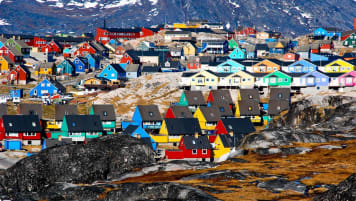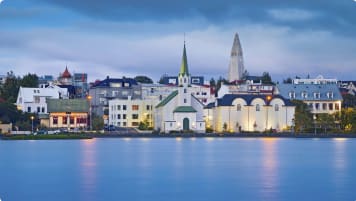Northern Lights
The science of the Northern Lights Although many are more familiar with the Northern Lights, the natural phenomenon is not exclusive to the Northern Hemisphere. The polar lights are caused by solar activity. When there…
19 Mar 20 · 3 mins read
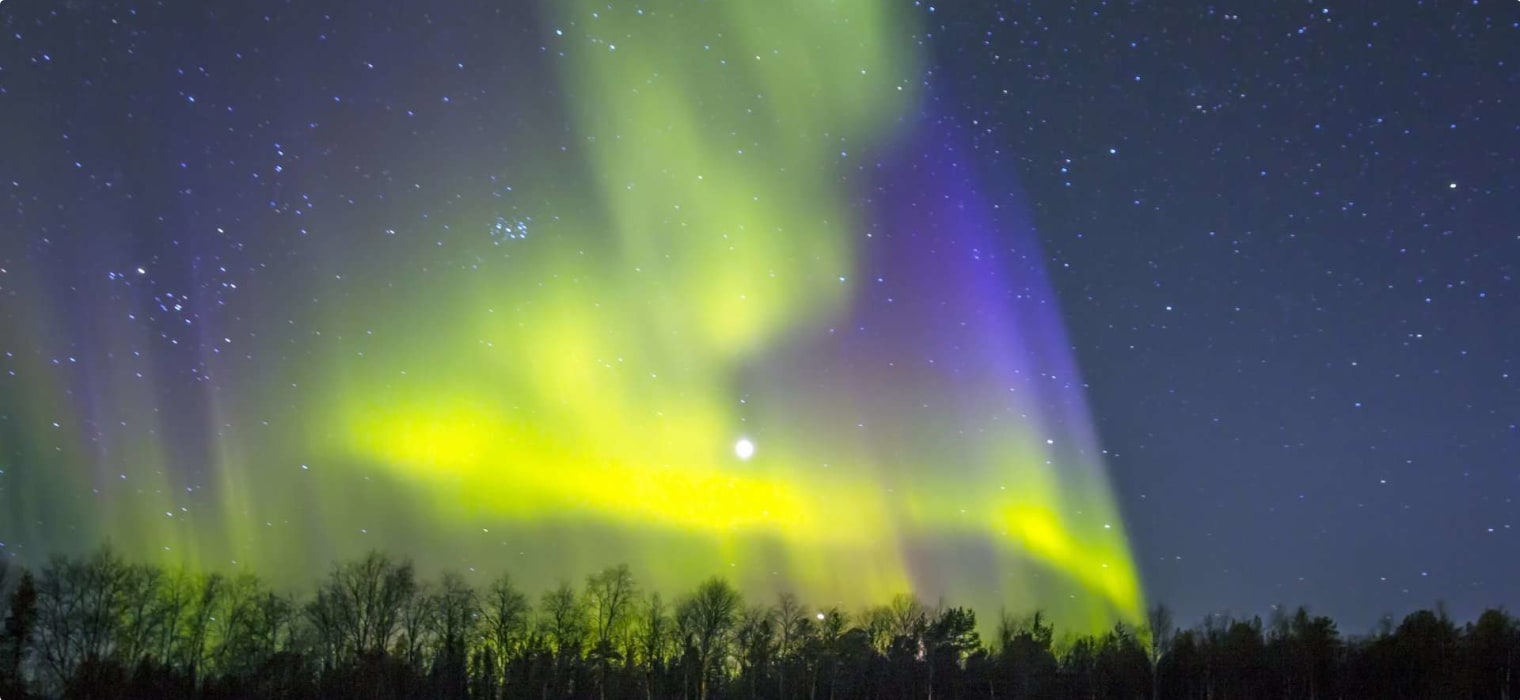
The science of the Northern Lights
Although many are more familiar with the Northern Lights, the natural phenomenon is not exclusive to the Northern Hemisphere. The polar lights are caused by solar activity. When there is a solar storm called coronal mass ejection happening, electrified gas particles travel through space at high speed and reach the magnetic field of the Earth. As these particles interact with the gases in the atmosphere, they create the beautiful phenomenon we know as aurora: aurora borealis (Northern Lights) on the Northern Hemisphere and aurora australis (Southern Lights) on the Southern.
The colour of the light displayed depends on the gas the particles collide with: oxygen gives the well known yellow and green colours most associate with the Northern Lights, while nitrogen produces red, violet and blue.
The history of the Northern Lights – from superstition to knowledge
Some believe sightings of the Northern Lights started as early as the Cro-Magnon people as some of their drawings might depict the aurora some 30 000 years ago. The oldest written documentation is from China, from around 2600 BC. It was also described by several philosophers in Ancient Greece and Rome. The Vikings depicted the Northern Lights as part of their mythology and even had a god for it named Heimdall. The Sami people (indigenous peoples beyond the Arctic Circle) believed the Northern Lights bear supernatural powers invoked by disputes. The first realistic description of the lights is from Norway around 1200 AD, where the work ‘Kongespeilet’ described it as a natural phenomenon. In contrast, most works through the Middle Age associated the lights with superstitions and bad omens for wars. The Northern Lights got their scientific name in the 17th century, used by Galileo Galilei as well. The English scientist Sir Edmund Halley (known for forecasting the movement of the Halley comet) gave a surprisingly precise explanation to the phenomenon in the early 18th century. Scientist kept working on understanding how the lights are created until the 1950s when finally all pieces fell into place thanks to the principles of modern physics.
The shapes of the lights
The shape you’ll see depends on where you are. Arcs are like rainbows, and are typical at the start of the solar activity.
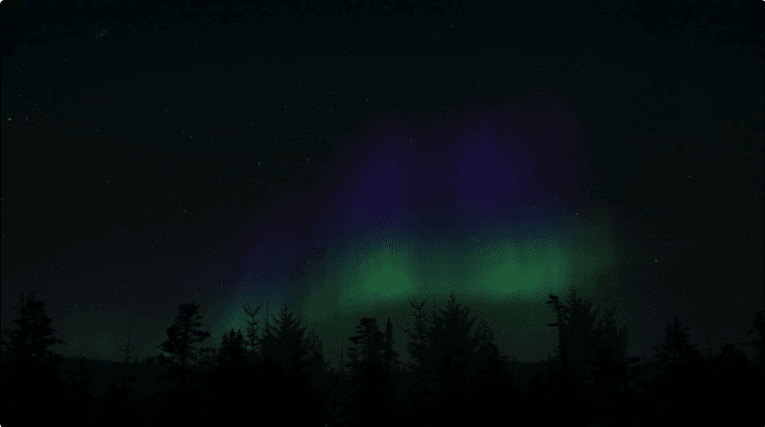
Bands are like ribbons, probably what most associate the polar lights with. They usually move with a slow or moderate speed, but in case of intensive activity, they can start ‘dancing’.

Pillars look like straight beams and rays. When present, you can see the ‘height’ of the aurora.

Corona is a special type: if you’re lucky enough to watch the aurora right below from a display of pillars, you can see an auroral corona (the base) that’s right above you, and many chasers that are further away from you, forming a crown shape. This is a very rare treat, and usually not visible from the most common viewing spots.
Where to see the lights
The best places to observe the phenomenon are at higher latitudes closer to the Earth’s poles. On the Northern Hemisphere Scandinavia (Norway, Sweden, Finland, Iceland, Greenland), Canada and Alaska are the most popular spots, while on the Southern Hemisphere you can catch the lights in Tasmania and parts of the South Island of New Zealand (the further south you go the better).
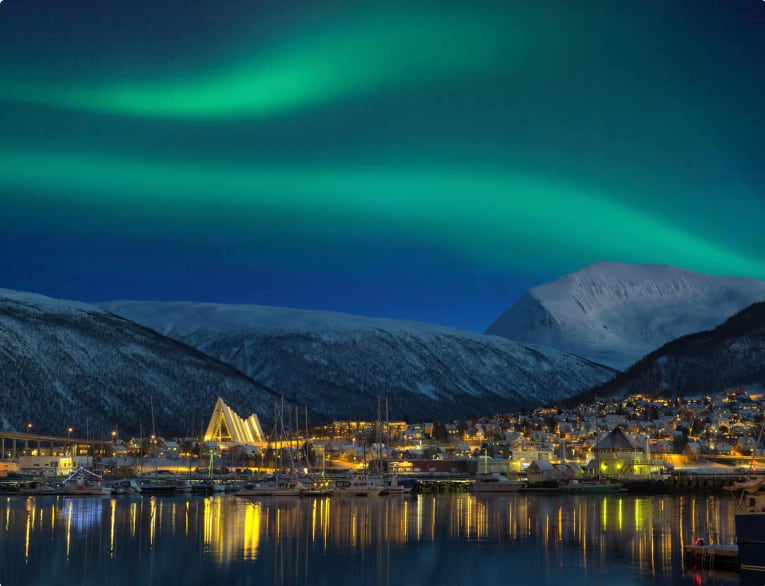
When to see the lights
The lights are present all-year round, however, you can only see them with a naked eye when it’s dark. Thus, you should plan your trip during the long winters of the of the places mentioned above. The period between August and April are recommended no the Northern Hemisphere. A unique experience is visiting during the months of the Polar Nights, when the sun is not rising above the horizon at any point during the 24 hours of the day. Within the day, the best time is from around 9pm until 2am when it’s the darkest, away from any cities, ensuring your experience is not ruined by any form of light pollution. You’ll also need clear skies, so it can be a bit of a hunt, but the lights do occur every day and they could last from 10 minutes to all night, depending on the level of solar activity from some 40 hours earlier.
Of course everyone wants to capture this amazing experience, and you can come prepared by reading our article on photographing the Northern Lights.
Related Tours
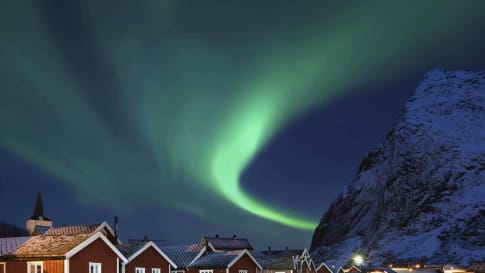
10 days
Oct, JanNorthern Lights Small Group tour | Visit Norway and Finland
Visiting Finland, Norway
Odyssey's small group tour following the Northern Lights allows you to experience serene snow-covered Arctic landscapes. Throughout our journey guides and specialists will outline the history of this stark region and the nature of the peoples who wrested their living from it. A unique opportunity to view this natural phenomenon travelling as part of a small group.
From A$9,625 AUD
View Tour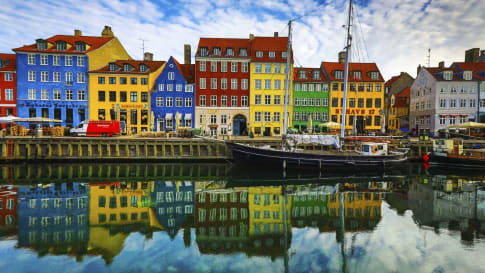
13 days
Jun, SepScandinavia tours for mature travellers
Visiting Denmark, Norway
Uncover on a small group tour for couples and solo travellers, a Viking past and view of the world’s biggest fjords on this journey through Scandinavia. In low-lying Denmark our small group journey takes us to visit the Zeeland, the sea land, and our program includes the vibrant capital of Copenhagen. In Norway we travel through endless forests, skirting great fjords to Bergen.
From A$14,995 AUD
View Tour
17 days
May, SepIceland cultural and wilderness small group tour
Visiting Iceland
Our escorted tour gives guests an insight into the history of this Icelandic nation. Travelling as a small group, our daily itineraries explore the Jokulsarlon Glacier Lagoon and others, national parks and majestic waterfalls as we learn about Iceland’s natural heritage and its Viking past from experienced local guides. There is a single supplement for solo travellers.
From A$18,995 AUD
View Tour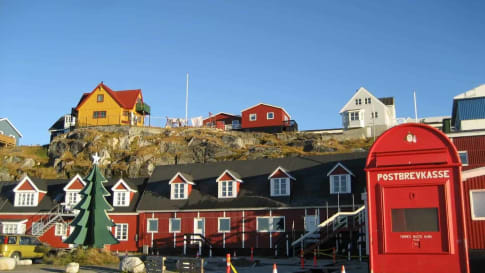
4 days
Sep, MayDiscover Greenland | Small Group Tour for Seniors
Visiting Greenland
Greenland is the largest island in the world, the majority of it lies above the Arctic Circle, and it is part of Denmark. Few places are quite so difficult to reach, we fly from Reykjavik to Nuuk. During this small group tour we have ensured that our travellers gets to this conversation-stopping land and, while we are there we obtain the most comprehensive overview of this vast landmass. We visit during the summer, experiencing the burst of seasonal flora, which caused the early voyagers to name it Greenland.
From A$6,450 AUD
View Tour

